Balancing Quality and Cost: Budget Challenges in Catering
When it comes to event planning, few things are as critical as catering. Good food can elevate an event from ordinary to extraordinary, creating memorable experiences for attendees. However, achieving this without breaking the bank is a challenge many event planners face. This guide will walk you through the nuances of balancing quality and cost in catering, offering practical strategies and real-world examples.
The Importance of Budget Considerations in Catering
For event planners, budgeting is a meticulous process that requires balancing multiple factors, including venue, entertainment, and, most importantly, catering. Food and beverage expenses can account for a significant portion of the event budget, making it essential to manage these costs effectively. Not only does this ensure financial viability, but it also enables planners to allocate funds to other critical areas, such as marketing and attendee engagement.
Strategies for Finding the Right Balance Between Cost and Quality
Balancing cost and quality isn’t about settling for less; it’s about making smart decisions that offer the best value. Here are some strategies to consider:
Prioritize Essential Menu Items
Instead of offering a wide array of dishes, focus on a curated menu that highlights a few standout items. This can create a more memorable dining experience while reducing costs.
Use Seasonal and Locally-Sourced Ingredients
Seasonal ingredients are often less expensive and fresher than out-of-season items. Additionally, using locally-sourced produce not only cuts down on transportation costs but also supports local businesses.
Opt for Buffet or Family-Style Service
Buffet and family-style serving options often cost less than plated dinners. They also encourage a more interactive dining experience, which can be a hit at social gatherings.
Limit Alcohol Options
Alcohol can quickly inflate a catering budget. Offering a limited selection of wines and beers, rather than a full bar, can significantly reduce costs without compromising the experience.
The Impact of Menu Choices and Seasonal Ingredients on Cost and Quality
The menu is the heart of any catering experience. However, the choices made here can have a significant impact on both cost and quality. Here’s how to get it right:
Seasonal Ingredients
Seasonal ingredients are often cheaper and of higher quality. For example, strawberries are more affordable and tastier in the summer than in winter. By focusing on what’s in season, you can offer high-quality dishes at a lower cost.
Menu Choices
Certain dishes require expensive ingredients or labor-intensive preparation, which can drive up costs. By choosing simpler yet flavorful options, you can maintain quality while managing expenses. For instance, a well-prepared pasta dish can be just as satisfying as a more elaborate entrée.
Customization and Flexibility
Work with your caterer to customize a menu that fits your budget. Flexibility in menu choices allows for adjustments based on ingredient availability and cost fluctuations.
Negotiating with Catering Services to Meet Budget Constraints
Negotiation is an art form that can yield significant savings. Here are some tips for negotiating with catering services:
Start Early
Early booking often comes with discounts. Secure your catering services well in advance to take advantage of these offers.
Be Transparent About Your Budget
Open communication with your caterer about your budget constraints can lead to creative solutions. Caterers are often willing to suggest cost-effective options that still meet your quality standards.
Package Deals
Many caterers offer package deals that bundle food, beverages, and service staff. These packages can provide better value than à la carte options.
Bulk Discounts
If you’re hosting multiple events, consider negotiating a bulk discount. Caterers may offer reduced rates for repeat business.
The Role of Technology in Optimizing Catering Processes for Cost Efficiency
Technology has revolutionized the catering industry, offering tools that enhance efficiency and reduce costs. Here are some ways technology can help:
Online Booking Platforms
Platforms like CaterCow and ezCater simplify the process of finding and booking catering services. These platforms often provide reviews and ratings, helping you make informed decisions.
Inventory Management Software
Software solutions like BlueCart and MarketMan assist caterers in managing inventory efficiently. By reducing food waste and optimizing stock levels, these tools help lower overall costs.
Data Analytics
Data analytics tools can track spending patterns, identify cost-saving opportunities, and forecast future expenses. This data-driven approach enables more strategic budgeting.
Mobile Apps for Event Management
Apps like Eventbrite and Whova offer features that streamline event planning, from guest registration to catering logistics. These tools help ensure everything runs smoothly, reducing last-minute expenses.
Case Studies of Successful Events That Maintained Quality While Staying Within Budget
Corporate Networking Event
A corporate networking event successfully balanced quality and cost by offering a selection of high-quality hors d’oeuvres that incorporated seasonal, locally-sourced ingredients. By focusing on a few standout items, they created a memorable experience without breaking the budget. The use of elegant presentation and creative plating added a touch of sophistication, impressing attendees and stakeholders alike.
Wedding Reception
A wedding reception opted for a family-style serving approach, which encouraged a convivial atmosphere and helped manage portion sizes, reducing food waste. This strategy allowed for a diverse menu selection while keeping costs in check. The couple also chose seasonal flowers for decorations, further aligning their budget with high-quality choices.
Nonprofit Gala
A nonprofit gala worked with a catering service that offered a discount for early booking, enabling them to secure premium services within their limited budget. The gala also leveraged social media to increase attendance, ensuring the catering costs were offset by higher ticket sales. The event was a hit, with attendees praising both the food and the cause.
Conclusion
Balancing quality and cost in catering is a delicate art that requires careful planning, strategic decision-making, and effective negotiation. By prioritizing essential menu items, leveraging seasonal ingredients, and utilizing technology, event planners can achieve the perfect balance. The case studies highlight that with creativity and foresight, it’s entirely possible to deliver a high-quality catering experience without exceeding budget constraints.
Ready to take your event planning to the next level? Book a consultation with one of our expert planners today and discover how we can help you balance quality and cost for your next big event.



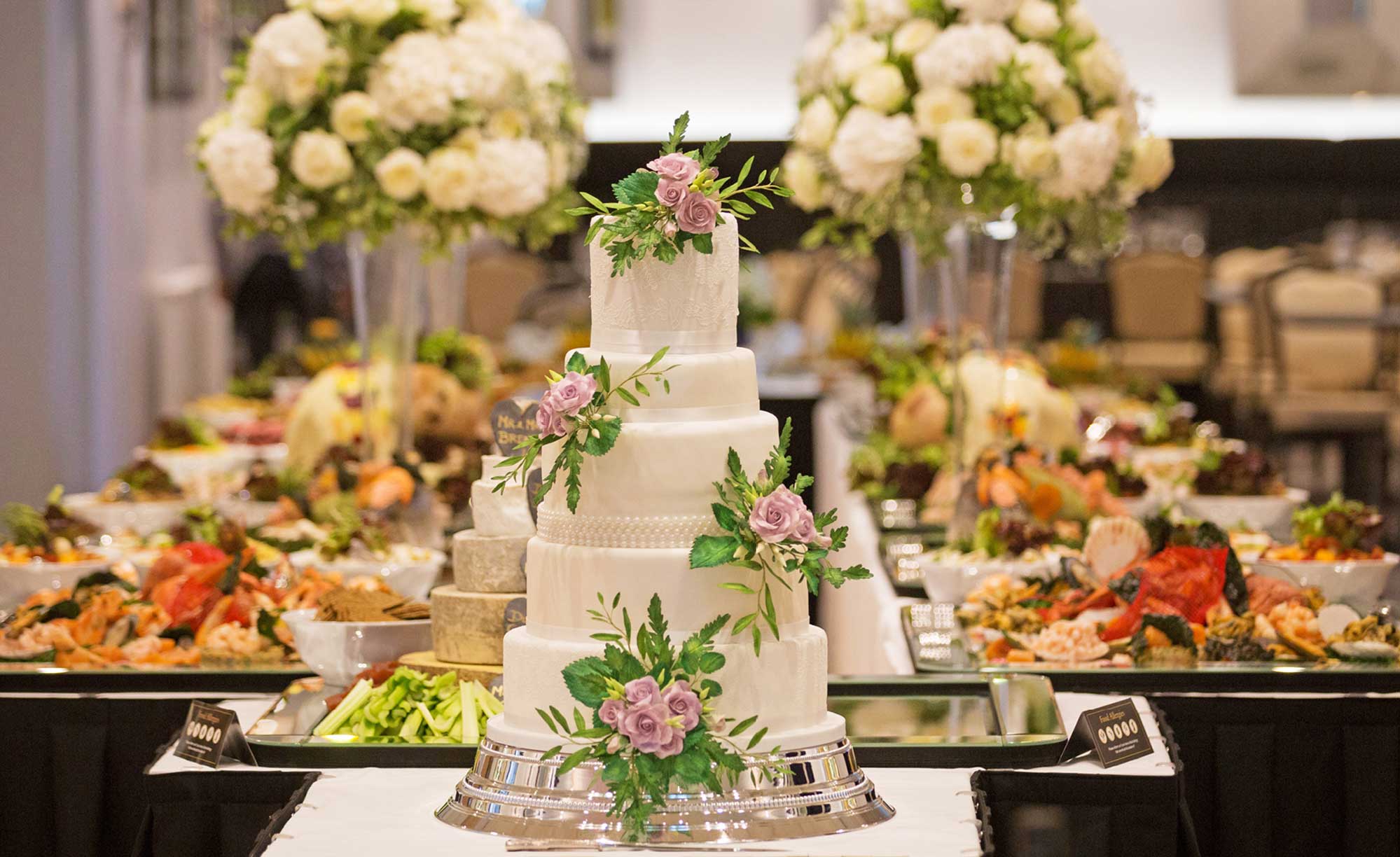
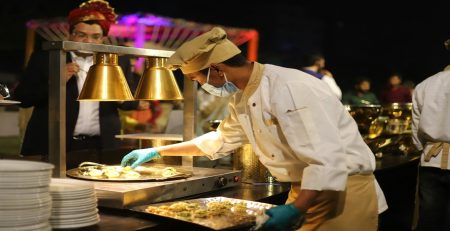
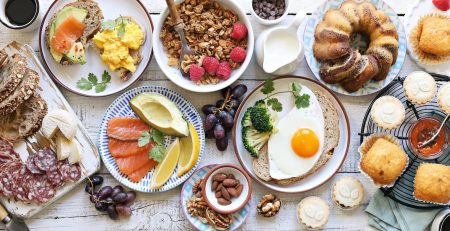


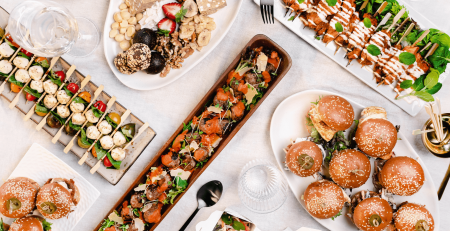
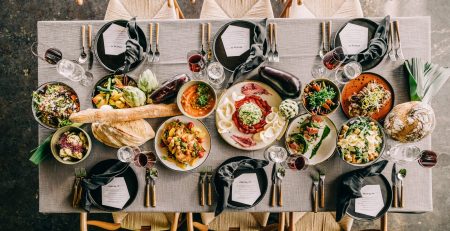
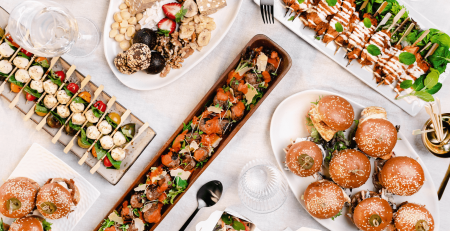
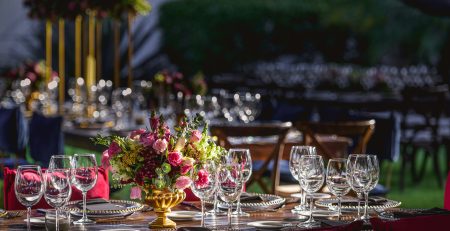
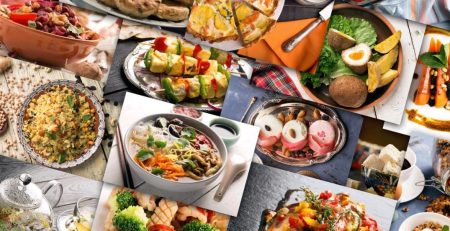


Leave a Reply